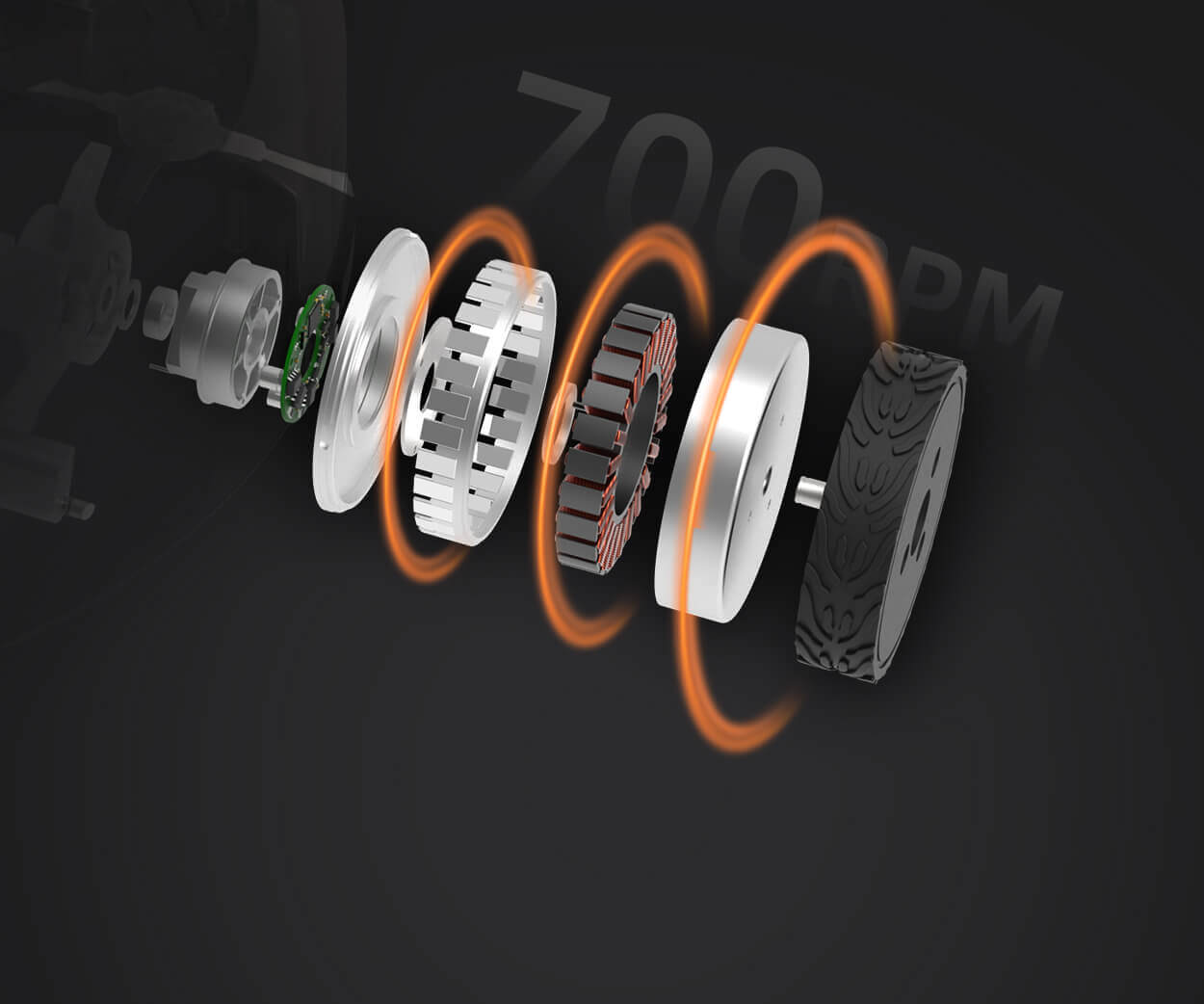Ever look under the hood of a complex software system and wonder how it manages so many moving parts without crashing? That’s where the dance between microservices and modular programming kicks in. Both aim to keep things neat, but they take pretty different routes — and understanding those differences can be a game-changer.

Let’s start with microservices. Think of them as tiny, independent shops that handle specific functions within a big city. Each microservice is its own little kingdom, with its own codebase, database, and deployment cycle. When you want to update one, you don’t need to touch everything—just that little shop. That’s a total game changer for scalability and flexibility. Suddenly, rolling out a new feature feels like flipping a switch, not redoing the entire city. Plus, if one shop has a crisis, it doesn’t drag the whole city down. Sounds perfect, right? Well, it's not without its complications—think coordination chaos, data consistency headaches, and skyrocketing network chatter.
Now, modular programming is kind of like building with Legos. Instead of dozens of tiny shops, it groups related pieces into bigger, self-contained modules. They’re still separate in a sense, but not as isolated as microservices. You stack them, connect them, and sometimes swap out a module here or there, without tearing down the whole structure. It’s easier to keep everything in one place — fewer moving parts to juggle, less reliance on constant communication. It’s often more manageable for smaller teams or less complex projects. But, sometimes, as the project grows, these modules become tangled, and changes in one area ripple unexpectedly into others.
Here’s a question: which one is better? That depends on your goal. If you’re building a SaaS platform with million users, microservices might be your best friend—they let each feature scale independently and turn over quickly. But if you’re working on a tight budget, or a project that doesn’t need the bells and whistles of real-time scaling, modular programming can be more straightforward, cheaper, and easier to maintain.
And let’s be real: choosing isn’t always black and white. Many teams play mix and match, dropping in microservices for high-demand features and sticking to modular programming for core functionalities. It’s about what fits best with your workflow, your team, and your ambitions.
At the end of the day, whether you lean towards microservices or modular programming, the goal is to make your system resilient, adaptable, and easier to evolve. The right choice isn’t just about tech—it's about understanding what your project needs right now and what it might need tomorrow. Because, let’s face it, the tech world doesn’t stay still for long.
Established in 2005, Kpower has been dedicated to a professional compact motion unit manufacturer, headquartered in Dongguan, Guangdong Province, China. Leveraging innovations in modular drive technology, Kpower integrates high-performance motors, precision reducers, and multi-protocol control systems to provide efficient and customized smart drive system solutions. Kpower has delivered professional drive system solutions to over 500 enterprise clients globally with products covering various fields such as Smart Home Systems, Automatic Electronics, Robotics, Precision Agriculture, Drones, and Industrial Automation.




































